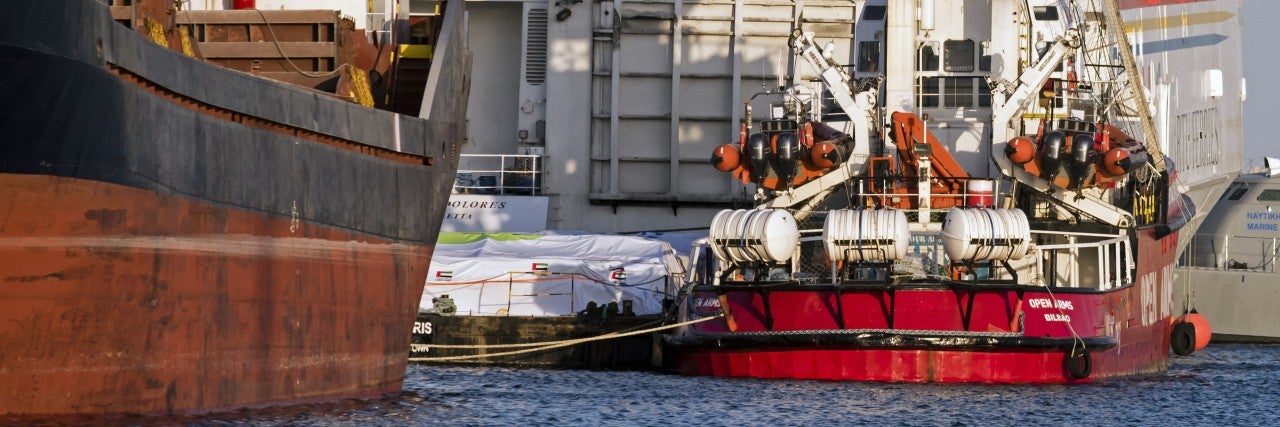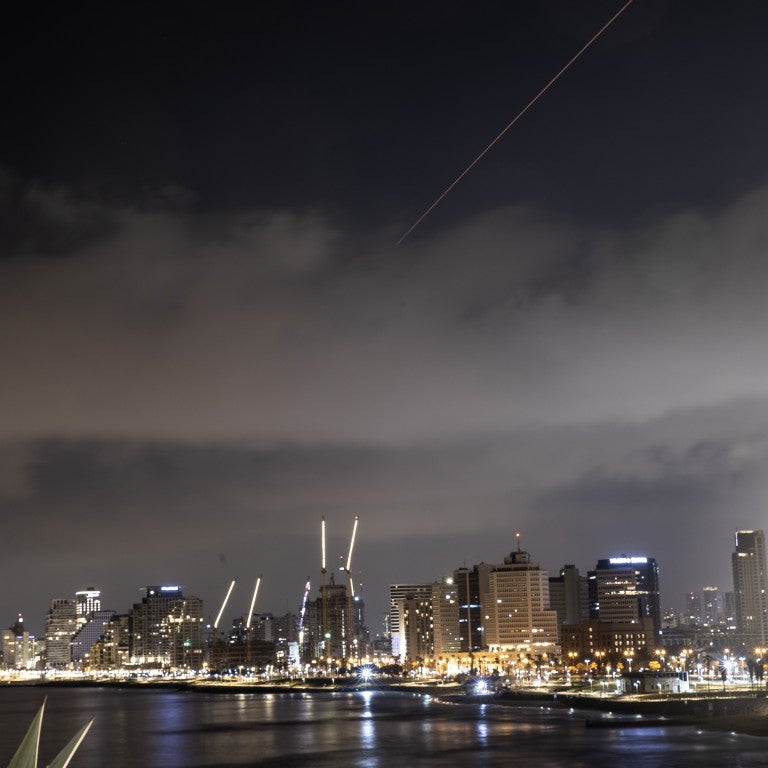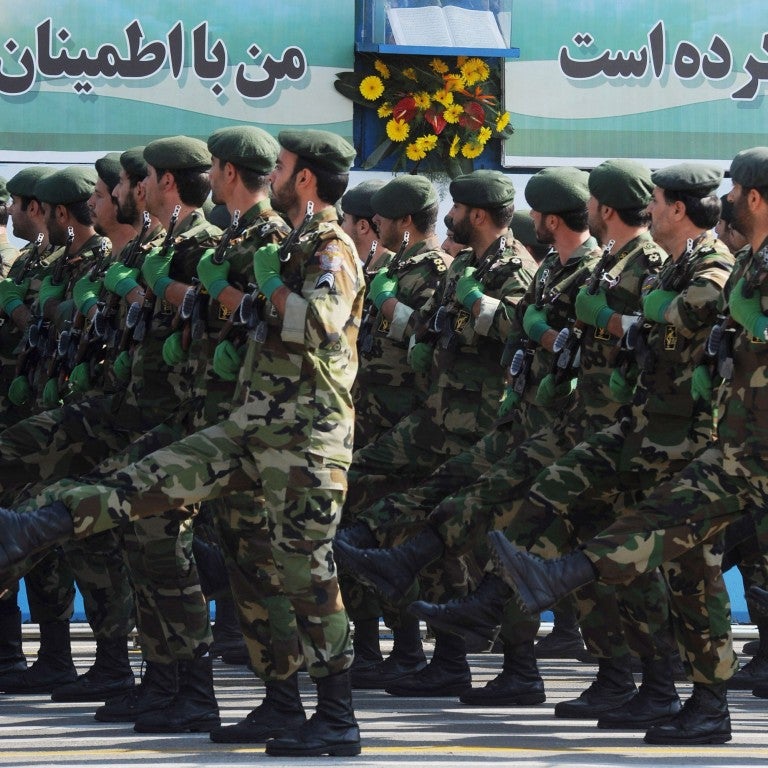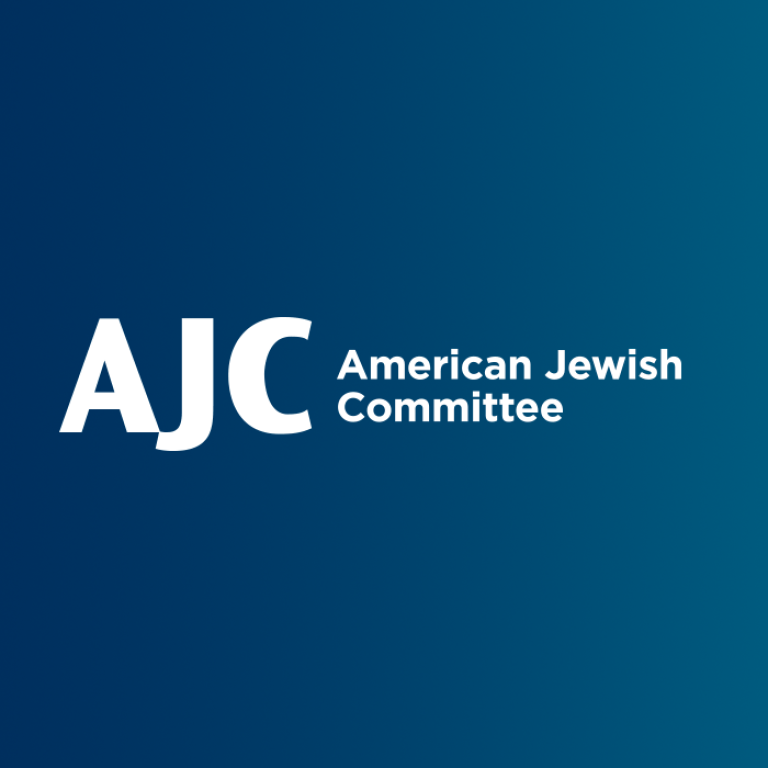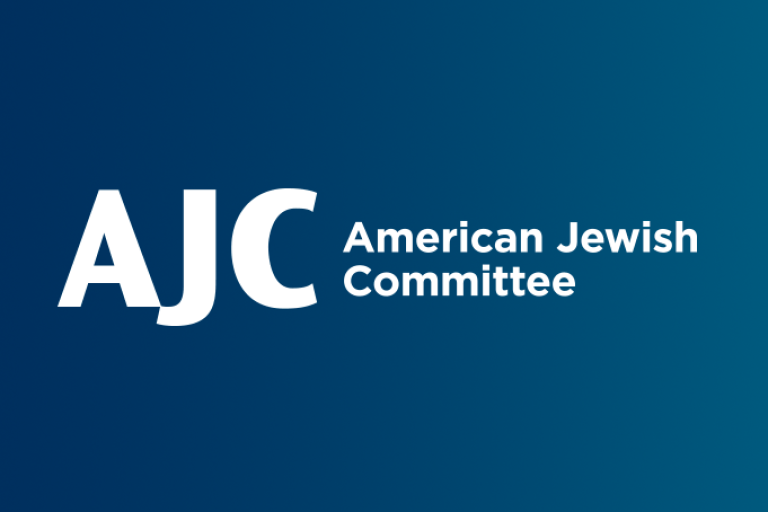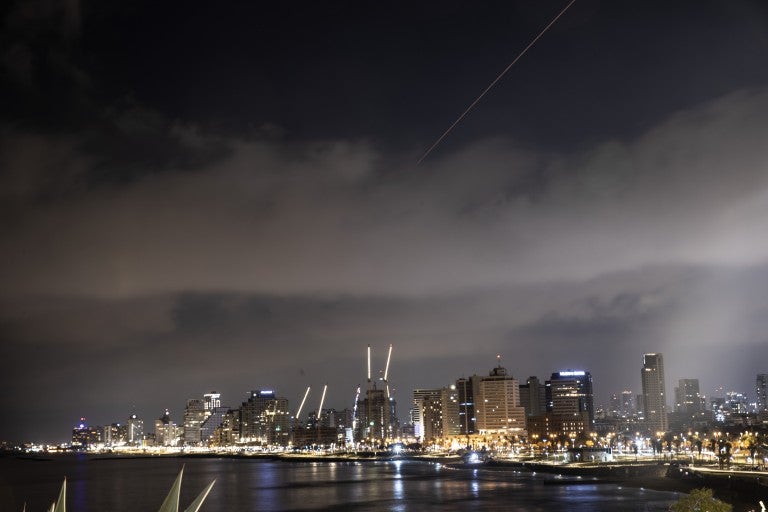March 27, 2024
By air, land, and sea. That’s how Israel and its allies have tried to sidestep Hamas terrorists to deliver (as of this publication) nearly 375,000 tons of humanitarian aid to Palestinian civilians since the Hamas terror attack on Israel that killed over 1,200 people and saw 253 taken hostage.
"We are now trying to flood the area with supplies," IDF Spokesman Rear Adm. Daniel Hagari told reporters on March 13.
More than 18,000 trucks have carried aid into Gaza. Additionally, Israel has welcomed the U.S., France, Belgium, Egypt, United Arab Emirates, and Jordan to air-drop more than 1,200 packages of aid, mostly in northern Gaza. And Israel Defense Minister Yoav Gallant fully supported the U.S.-led international initiative to build a temporary seaport on Gaza’s coast to deliver additional aid to the territory.
Nevertheless, a number of international officials ranging from the European Union, United Nations, and other international aid agencies, along with U.S. officials, have raised concerns over the increasingly dire humanitarian situation in Gaza.
Here's what you need to know about Israel’s efforts to provide humanitarian aid, prevent Hamas from hijacking it, and get it to Gazans who need it most.
How much humanitarian aid has been sent to Gaza by the U.S., by Israel, and by other agencies since the start of the war?
On October 18, 11 days after Hamas’ murderous terror attack, Israel agreed to allow humanitarian aid to enter Gaza from Egypt to mitigate a major humanitarian crisis and save innocent Palestinian lives. Israel also restarted the water supply to southern Gaza to encourage life-saving evacuations southward.
Prior to the war, 90 percent of Gaza’s water supply came from the Coastal Aquifer Basin or groundwater wells. The remaining 10% of the water supply came from small-scale desalination units or was purchased from Israel’s national water company, Mekorot.
Featuring U.S. Special Envoy for Middle East Humanitarian Issues Ambassador David Satterfield
Israel does not impose limits on the amount of aid entering Gaza. All aid entering Gaza undergoes Israeli security screening at either Nitzana or Kerem Shalom Crossings. From there, aid is sent to the Gaza Strip.
To date, over 20,00 trucks on the ground have delivered over 375,000 tons of aid. That includes 240,960 tons of food, 27,760 tons of water, 19,510 tons of medical supplies, 39,080 tons of shelter equipment, 200 tanks of fuel, and 385 tanks of cooking gas.
Israel assesses a stable food supply in the southern Gaza Strip, where markets are evidently bustling and stocks are piling up in aid agencies' warehouses.
Israel is taking proactive measures to expand delivery efforts in northern Gaza, where only 10-15% of the Gazan population remains despite evacuation orders. This includes the re-opening of the Karni crossing point.
It is important to note that, according to the laws of war, countries are not required to supply their enemies with food, water, electricity, and gasoline, all of which support the enemy’s capacity to fight. Yet, even during heavy fighting, Israel continues to supply Gaza with electricity, water, food, and medicine despite having endured the most brutal massacre ever to occur on its soil. But for the brutality of the October 7 terror attacks by Hamas, Israel would not have cut off such supplies for a week.
When did Israel, the U.S. and other agencies start providing products and services to Gaza?
Despite the Hamas terror group’s dedication to Israel’s destruction, Palestinian civilians in Gaza have received help from Israel and its allies since Hamas took over the coastal territory in 2007.
Over those years, Israel has facilitated tons of products for daily life, from school supplies and toys to electronic devices and pharmaceuticals for Gazans through its Kerem Shalom Crossing and worked with several international groups to transfer food and other means of support into the territory to about 63% of people in Gaza.
Israel also supplied electricity and water when Gaza’s natural aquifer was depleted. Additionally, Israel had granted permits to about 17,000 Gaza residents to enter and work in Israeli communities to relieve the dire humanitarian and economic situation brought on by Hamas control.
In addition, the Gaza Strip has been given billions of dollars in humanitarian aid over the last several years - including over $400 million from the U.S. and $1 billion from Qatar. Hamas has diverted much of that humanitarian aid intended for the Palestinian people for its own purposes, including funding its terrorist activities, such as building over 350 miles of terror tunnels and rocket factories.
After President Donald Trump cut Palestinian aid in 2018, the Biden administration in 2021 reinstated help for Palestinians in Gaza and the West Bank, sending more than $360 million that year.
At the time, Secretary of State Antony Blinken said the aid would be used for “urgent, humanitarian reconstruction assistance for Gaza” after an 11-day war between Israel and Hamas in May 2021.
U.S. President Joe Biden also announced during his State of the Union address on March 7, that the U.S. will help facilitate the building of a temporary pier in Gaza that will enable the delivery of aid. The pier will reportedly enable the delivery of 2 million meals daily to Palestinians. The construction of the pier could take as long as 60 days and require about 1,000 U.S. troops, according to the Pentagon. The U.S. soldiers will remain offshore, with Israel facilitating the building of the pier and securing the area.
How has Israel ensured that humanitarian aid reaches civilians?
Israel and Egypt have maintained strict blockades over Gaza to prevent the smuggling of weapons and monitor the misuse of materials by terror groups. Goods are transferred through specific border crossings, and shipments are closely inspected for security purposes. Still, Israeli security has reported some portion of the aid end up in Hamas’ hands to be distributed according to their priorities.
Since October 21, Israel has facilitated the entry of humanitarian aid into the Gaza Strip through the Rafah crossing between Egypt and the Gaza Strip. Every day, the IDF announces pauses in fighting and opens humanitarian corridors for the transfer of aid.
In mid-December, Israel reopened the Kerem Shalom Crossing between Israel and the southern Gaza Strip to allow more aid into the territory. And for the first time, Israel recently opened the Karni crossing to facilitate more aid delivery into northern Gaza. Karni was previously closed after Hamas terror attacks in 2011. Additionally, Israel has also opened up another new route into northern Gaza known as Crossing 96, a new gateway into the enclave set up next to Kibbutz Be'eri. On March 27, 25 aid trucks reached northern Gaza through this crossing, an increase from seven that arrived the previous night.
After dozens of Palestinians were reportedly killed in a stampede as crowds descended on humanitarian aid trucks driven by Egyptians and Gazans, and Israeli soldiers in Gaza City, Israel helped the U.S. and other allies facilitate air-drops at different hours and locations.
Meanwhile, as vital infrastructure is being repaired, some 21 bakeries inside Gaza have been providing over 2 million bread loafs, rolls, and pita breads daily for the local population.
In addition to the temporary seaport under construction on the coast, a United Arab Emirates floating hospital with 100 beds docked at Egypt’s El-Arish port on Feb. 22 and began treating Gazan patients.
Israel has expanded the Jordanian route, adding capacity at the Allenby Crossing for the inspection of humanitarian aid trucks to go straight to Kerem Shalom.
Israel will continue to invent new modes of facilitating humanitarian assistance for Gazans, despite the difficulties. After all, it is not a war against the people of Gaza; it is a war against Hamas.
What is the dispute over barriers to humanitarian aid reaching Gazans?
A number of international officials ranging from the European Union, United Nations, and other international aid agencies, along with U.S. officials, have raised concerns over the increasingly dire humanitarian situation in Gaza. In particular, there has been a growing dispute over how aid is received, inspected, and distributed to Palestinians in the Gaza Strip, with some accusations that Israel is preventing enough aid from entering Gaza. Along with these allegations are the images of long lines of aid trucks at the border crossings, and stockpiled supplies inside Gaza that are unable to reach the Palestinian people in need.
Israel has expressed concern that Hamas diverts humanitarian aid and has denied accusations that it has delayed delivery of humanitarian relief, saying there is no limit to the amount of aid that can – and does – enter the coastal territory. Israel maintains facilities to inspect cargo arriving at Gaza entry points to ensure it contains no weapons or “dual use” items that could be used by Hamas to build weapons and rockets.
Israel says Hamas has stockpiled supplies and kept them from civilians and blames the ailing humanitarian situation on the failure of some aid agencies, such as UNRWA, to distribute supplies within Gaza. UNRWA, the leading UN agency that provides support for Palestinians across the Middle East, including Gaza, has come under fire for the involvement of some of its employees in the October 7 Hamas massacre in Israel.
Based on their serious and credible allegations, in February, the U.S. and several countries announced they were suspending aid until a full and transparent investigation is completed. A recently passed budget by the U.S. Congress included a one-year ban on U.S. funding to UNRWA.
Due to its mounting concerns, Israel has insisted that other UN agencies take over from UNRWA. However, what would replace UNRWA in the short and medium term remains unclear.
According to the IDF, Israel has been working closely with the World Food Programme (WFP), a UN agency that provides food assistance worldwide, to find solutions to the distribution problems in Gaza.
In an interview with ABC News, World Food Programme's Matthew Hollinsworth addressed the humanitarian situation.
"We can feed 2.2 million people. The entire population of Gaza right now. What do we need? We need crossings. Whether it is by road, or it's by sea. We need quick processing. We need safety of our own staff who's going to actually deliver this. And we need the safety and security of the people who are expected to receive this."
Delivering humanitarian aid in Gaza remains an urgent and complex issue. AJC praises increased Israeli efforts to provide aid to those in need despite the numerous logistical and political obstacles.
